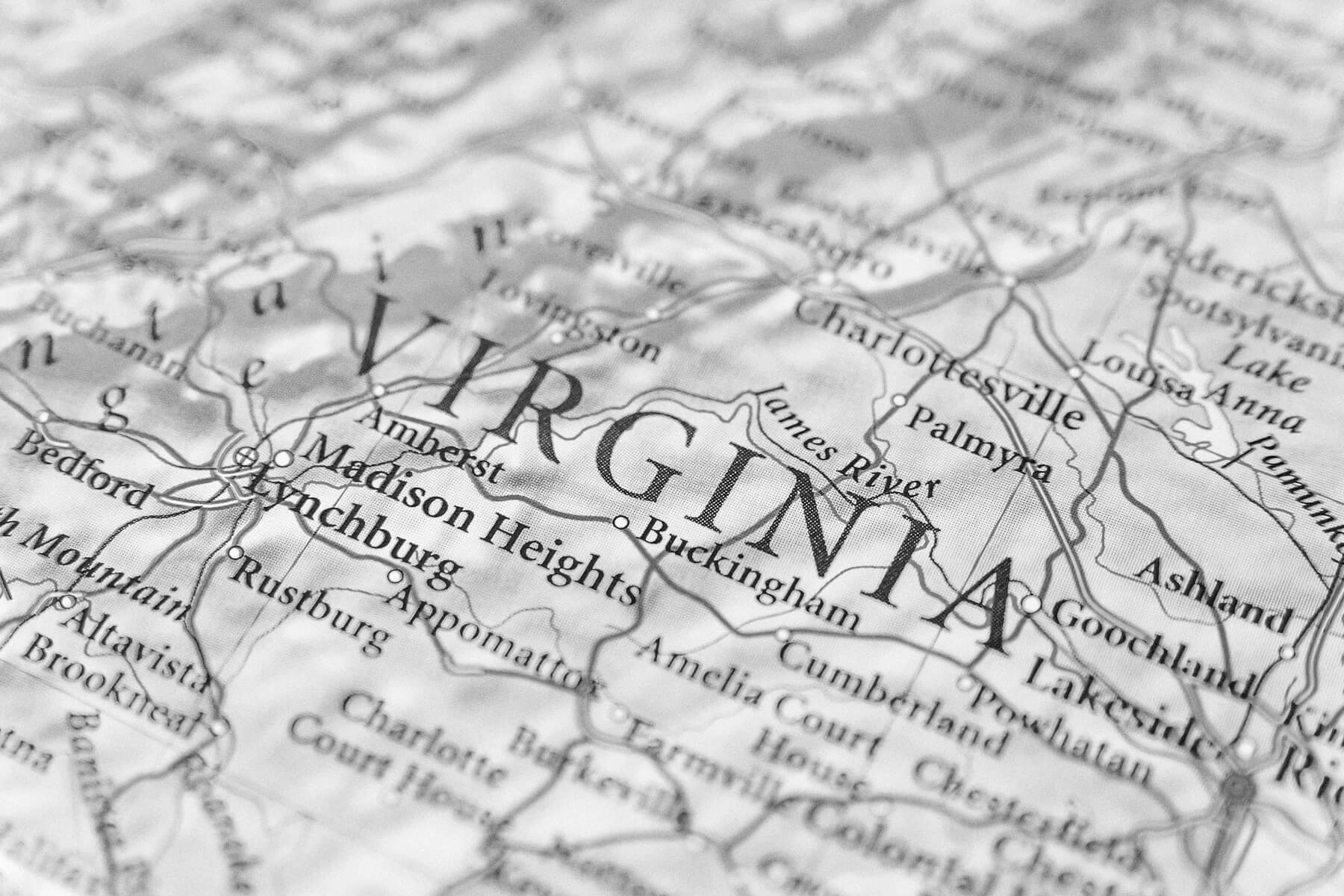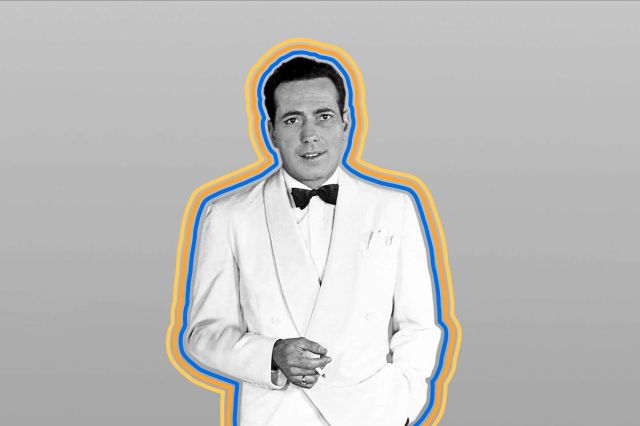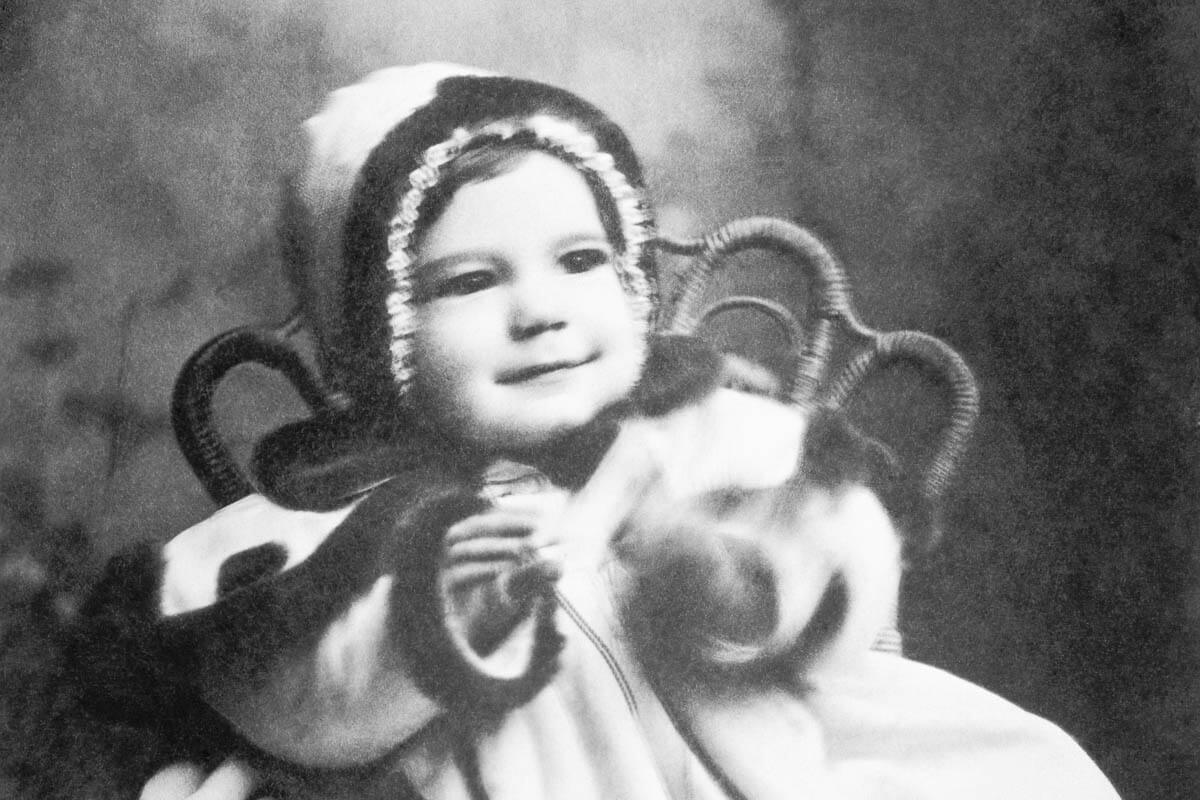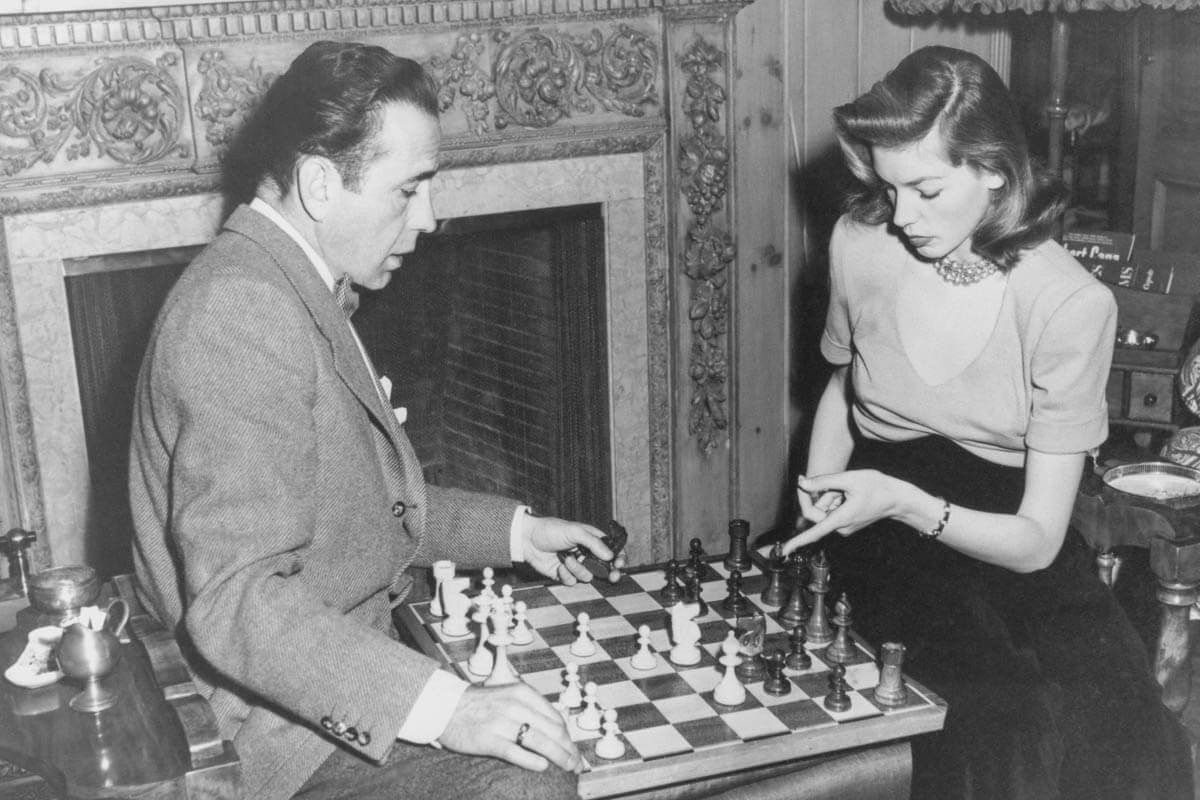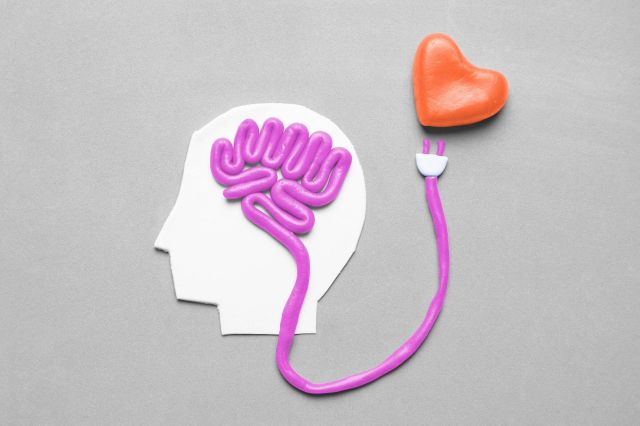9 Fascinating Facts About Iceland
Original photo by andzher/ Shutterstock
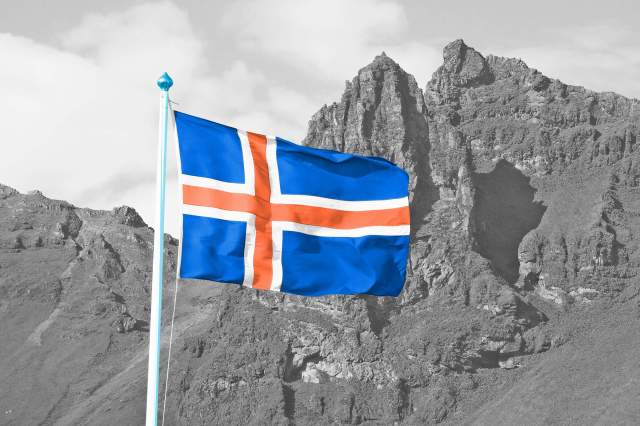
One of the last places on Earth to be settled by humans, Iceland is in a world of its own. From its Martian-like geology to its stories of invisible stone-dwelling elves, the country has always been just a little bit mysterious. If you’re lucky, a visit to Iceland will reveal the magical glow of the northern lights and the majesty of wild reindeer herds. But if travel to the most northern national capital in the world (Reykjavík) or its environs isn’t on your agenda, these nine facts about Iceland might just tide you over.

It Was Almost Called “Snow Land”
Early historical tales called sagas (more on those below) record that Iceland – or Ísland in the local language – was not the original name for the place. According to one account, the first explorer to reach the island, when he was blown off his course to the Faroe Islands, called it Snæland because of all the snow. Later, a Viking who was trying to reach the Hebrides stumbled on Iceland and named it Garðar’s Isle, after himself.
Hearing about the wonders of this new land, a Viking named Flóki Vilgerðarson decided to settle there. After a brutal winter in which his livestock died, Flóki supposedly climbed a mountain hoping to spot better land. Seeing only a fjord full of icebergs, he complained that it was “Iceland” and, after he returned to Norway, told everyone that it was a terrible place. Fortunately, people didn’t believe him, and some soon returned to settle there permanently, likely sometime in the late ninth century.

Icelandic Sagas Mention North America
Historical information about early Iceland comes from their sagas, narratives that deal with everything from family feuds to the push to convert Iceland to Christianity. Likely originally passed down orally, the sagas were written down around the 13th and 14th centuries. One Icelandic saga even recounts Norse explorer Leif Eriksson’s journey to North America around 1000 CE, where he encountered Indigenous people possibly as far south as New England.

Iceland Once Mandated Christianity
The oldest parliament in the world, Iceland’s Alþingi (Althing or Assembly) decreed in 1000 CE that the country would become Christian. At the time, most of the settlers worshiped the Norse gods. Due to pressure from Norwegian King Olaf (who was Christian), and a growing divide within Iceland between pagans and Christians, a civil war threatened. The Althing decided to mandate conversion to Christianity — but with the understanding that certain pagan customs, such as eating horse meat, would not be prosecuted (at least initially) if done behind closed doors.

Fermented Shark Is the National Dish
Hákarl is shark meat that has been fermented and cured for several months. Typically served as small, cheese-like cubes, hákarl reportedly tastes fishy and has an intense ammonia smell. For less adventurous eaters, puffin meat is a traditional Icelandic alternative. It is legal to hunt puffin in Iceland, and they often show up on restaurant menus, smoked and gamey. But the most popular Icelandic street food is pylsur, a hot dog made from lamb, pork, and beef and topped with a slew of chopped and fried onions.

You Can Touch Europe and North America at the Same Time
Geographically, the rift between the North American and Eurasian continental plates runs straight through the middle of Iceland. Icelanders call the rift Silfra, and it can be visited within Thingvellir, a World Heritage Site that was also the location of the first meeting of the Althing parliament. Since the tectonic plates are drifting away from one another at about 2 centimeters per year, touching two continents at once requires diving down into the clear, cold, glacial water at Silfra, where they are closer together.

Iceland Has a Martian Landscape
With geological formations unusual to many parts of the world — such as geysers, glaciers, and fjords — Iceland is a geologist’s dream. At the black sand beach near the town of Vik, for example, eagle-eyed beachcombers might spot a tiny bit of natural olivine (peridot) among the grains of sand. It’s a training ground for astronauts, too; Neil Armstrong and Buzz Aldrin went to Iceland in the 1960s to practice before their moon landing. Recent research shows that Iceland can also help scientists learn about Mars, particularly a fjord called Eyjafjörður in the north, which may be similar to the ancient Eridania Basin on Mars.

There’s Cheap, Unlimited Hot Water
Thanks to its highly geothermal location, the majority of Iceland’s energy use is renewable. While the Blue Lagoon is probably the most famous hot spring, the country’s water supply is generally put to more mundane uses, from supplying residential hot water at the turn of a tap to central heating to melting ice on sidewalks and parking lots.

Icelanders Believe That “Hidden Folk” Live in the Lava Fields
Icelanders have a long tradition of believing in huldufólk, “hidden people” described as elves who live in large rocks found among the lava fields and elsewhere. Huldufólk are usually considered to be peaceful creatures, living in a parallel world but helping humans at times. Many contemporary Icelanders have small elf shrines in their yards and stories about odd coincidences that they attribute to the huldufólk. While this elf tradition likely dates back to the pre-Christian settlement of Iceland, it has been brought into the present by superstitious Icelanders who leave out treats for the huldufólk on Christmas Eve.

There’s a “Book Flood” on Christmas
When the house is cleaned and the huldufólk are happy, Christmas in Iceland is also a time to curl up with a good book. The tradition, called Jólabókaflóðið or “Christmas book flood,” began during World War II when most luxury items — but not paper — were rationed. These days, Icelandic booksellers send out a catalog each year in mid-November so that people can choose their favorite books to give or receive. There’s a lot to choose from: Iceland has more authors per capita than any other country.

Interesting Facts writers have been seen in Popular Mechanics, Mental Floss, A+E Networks, and more. They’re fascinated by history, science, food, culture, and the world around them.
top picks from the optimism network
Interesting Facts is part of Optimism, which publishes content that uplifts, informs, and inspires.



